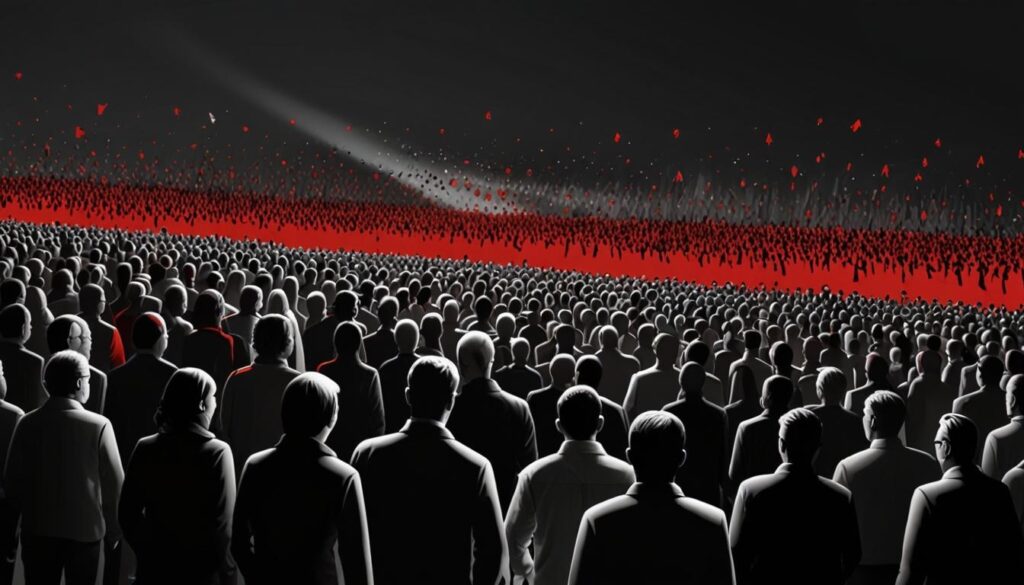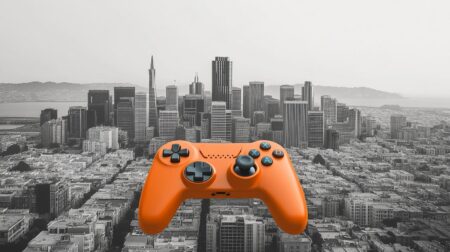A demonstration in support of former President Jair Bolsonaro in São Paulo saw discrepancies in crowd estimates, with researchers from the University of São Paulo using drone imagery and AI to estimate a much lower turnout than official figures. The tool aims to provide more accurate crowd counts in understanding political phenomena, especially in authoritarian environments, amid increasing unrest in Brazil.
In late February, Paulista Avenue in São Paulo witnessed a demonstration in support of former President Jair Bolsonaro. Bolsonaro’s team declared it the largest political event on the avenue, citing a turnout of over half a million people, while the São Paulo state public security department estimated 600,000 attendees.
However, researchers from the University of São Paulo (USP) estimated the actual number of attendees to be 185,000. This estimation was derived using a tool that employs drone imagery and artificial intelligence, developed by political scientist Pablo Ortellado and his team. The tool, initially used for counting cattle, aims to provide accurate crowd estimates by identifying individuals in drone images.
The existing method of crowd estimation involves assessing the density of people in a given area, which Ortellado described as generally unreliable. His research underscores the importance of accurate crowd size in understanding political phenomena, particularly in authoritarian environments where such information is crucial.
Accurate crowd-counting has become more significant as demonstrations worldwide have increased, influenced by issues like corruption and inequality. Inflated crowd numbers can mislead voters and analysts, distorting political realities.
Unrest in Brazil has escalated since Bolsonaro was barred from running for office until 2030 due to casting doubts on the country’s voting system. Bolsonaro is also under investigation for his alleged involvement in an attempted coup in January 2023.
Ortellado’s team has attended demonstrations from various political spectrums since 2015, noting increased polarization in Brazilian politics. Their tool, launched in 2022, has reduced its margin of error from 30% to 12%, gaining interest from Brazilian analysts and media outlets.
The São Paulo Public Security department, which uses its own methods for estimating crowds, did not provide details about the discrepancies between its figures and the USP tool’s estimates. Bolsonaro’s lawyer, Fabio Wajngarten, contested the USP tool’s accuracy but did not provide further comments.
Ortellado argued that this tool allows for more objective analysis of street occupancy trends, previously biased by political interests.










